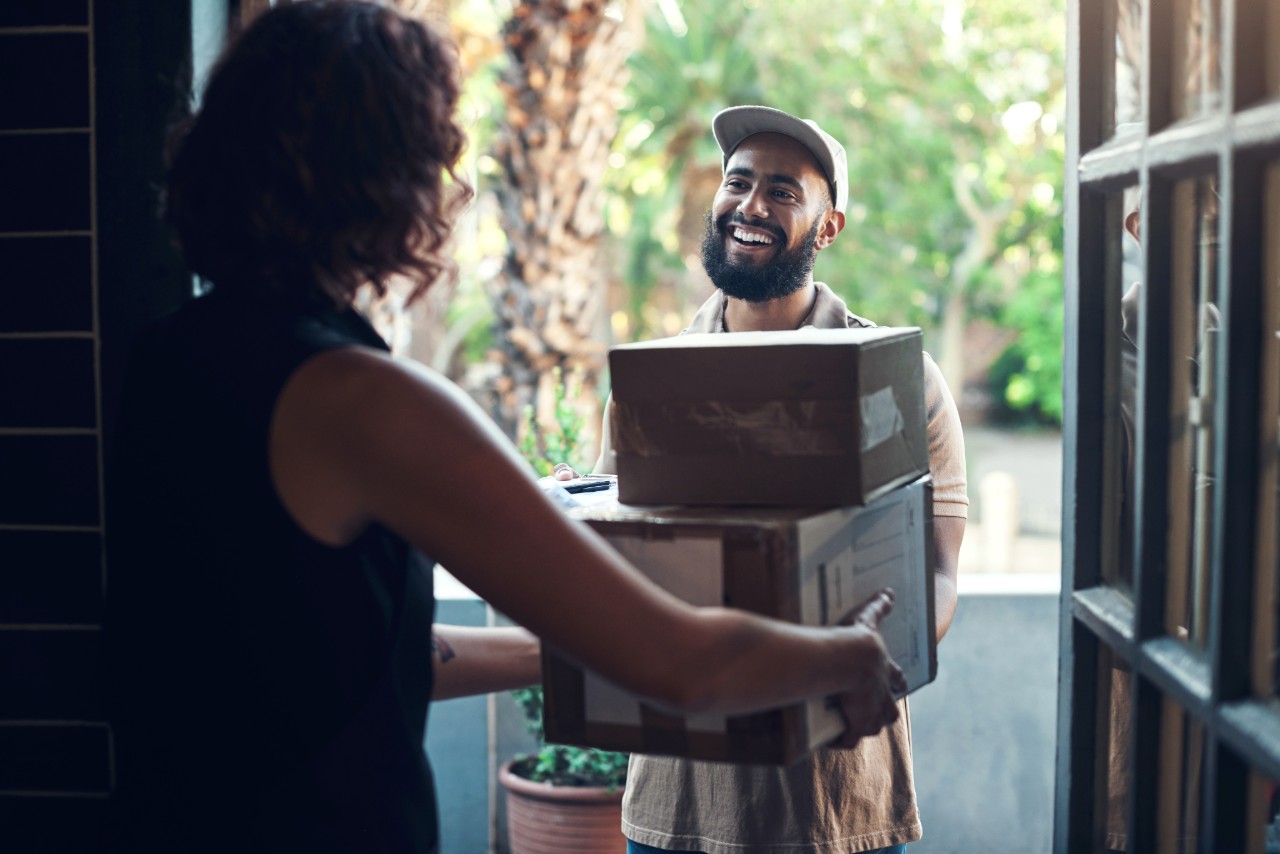Last-mile delivery can make or break your logistics strategy. Imagine your product is just one step away from reaching the customer, but due to inefficiencies or unexpected delays, that last mile becomes a nightmare. For businesses, understanding and optimizing this part of the logistics chain is crucial. Here’s how you can get it right and why it matters.
What Is Last-Mile Delivery?
Simply put, last-mile delivery refers to the final step of the delivery process where the product moves from the distribution hub to the end customer. It’s all about getting the product into the customer’s hands as fast and efficiently as possible. Sounds simple, right? But here’s the catch—this last stretch can account for more than 50% of a company’s total shipping costs.
Why Is It So Critical?

- Speed and Efficiency Equals Customer Satisfaction
Think about it—customers don’t see the entire logistics process; they only experience the final delivery. Delays in this step lead to negative experiences, poor reviews, and ultimately lost sales. In the age of instant gratification, your customers expect fast, reliable service. Companies like Amazon have set the standard with same-day and next-day delivery. Falling short can drive your customers straight to the competition. - Cost Management
Last-mile delivery often becomes a cost black hole if not managed properly. Businesses face challenges like traffic congestion, failed deliveries, and high fuel prices. The more you optimize this step, the better your bottom line looks. The trick? Efficient routing, smart partnerships, and embracing technology to streamline processes.
Challenges Businesses Face in Last-Mile Delivery
- Inefficiencies Due to Poor Route Planning
Bad routing can lead to delays, increased fuel costs, and unhappy customers. Companies are now investing in advanced route optimization software to minimize these issues. If you’re still doing it manually, it’s time to rethink. - Failed Deliveries and Redeliveries
Missed deliveries aren’t just a hassle; they cost your business money. Multiple delivery attempts eat into profits and can hurt your brand reputation. Solution? Real-time tracking and communication systems to ensure customers are available when deliveries arrive. - Traffic Congestion and Unpredictable Delays
In urban areas, traffic can turn a simple delivery into a logistical nightmare. Companies that rely on flexible delivery scheduling and alternative transportation (like bike couriers for short distances) are seeing better success rates.

How to Optimize Your Last-Mile Delivery Process
- Invest in Technology
Use route optimization software, GPS tracking, and automated dispatch systems. Advanced tools help in reducing delivery times, improving route efficiency, and minimizing delays. You’ll get real-time updates on traffic, weather, and other variables that affect your deliveries. Companies like UPS have saved millions by integrating these technologies. - Embrace Local Warehousing
Warehouses closer to urban centers reduce the distance between the product and the end customer. This means faster deliveries and less fuel consumption. More businesses are adopting a micro-fulfillment center approach to stay competitive. - Offer Delivery Window Options
Allow customers to select specific delivery times or windows. This reduces the chance of failed deliveries and increases customer satisfaction. It also makes your delivery routes more predictable. - Real-Time Customer Communication
Provide real-time tracking and notifications. Customers love knowing exactly when their package will arrive. Plus, it allows them to plan their schedules around the delivery, reducing the likelihood of missed attempts.

The Future of Last-Mile Delivery
Automation is the next big thing. From drones to autonomous delivery vehicles, companies are exploring every avenue to streamline last-mile delivery. While these may seem like futuristic ideas, they’re already in action in several markets. Companies that adapt early to these technologies will gain a competitive edge.
Conclusion: Don’t Let the Last Mile Be the Weakest Link
The final step of your logistics process is often the most visible to your customers. Optimizing last-mile delivery isn’t just about cutting costs; it’s about delivering an exceptional customer experience. Focus on efficiency, invest in the right technology, and be ready to adapt to future trends. This is your last opportunity to impress your customers—make it count.
